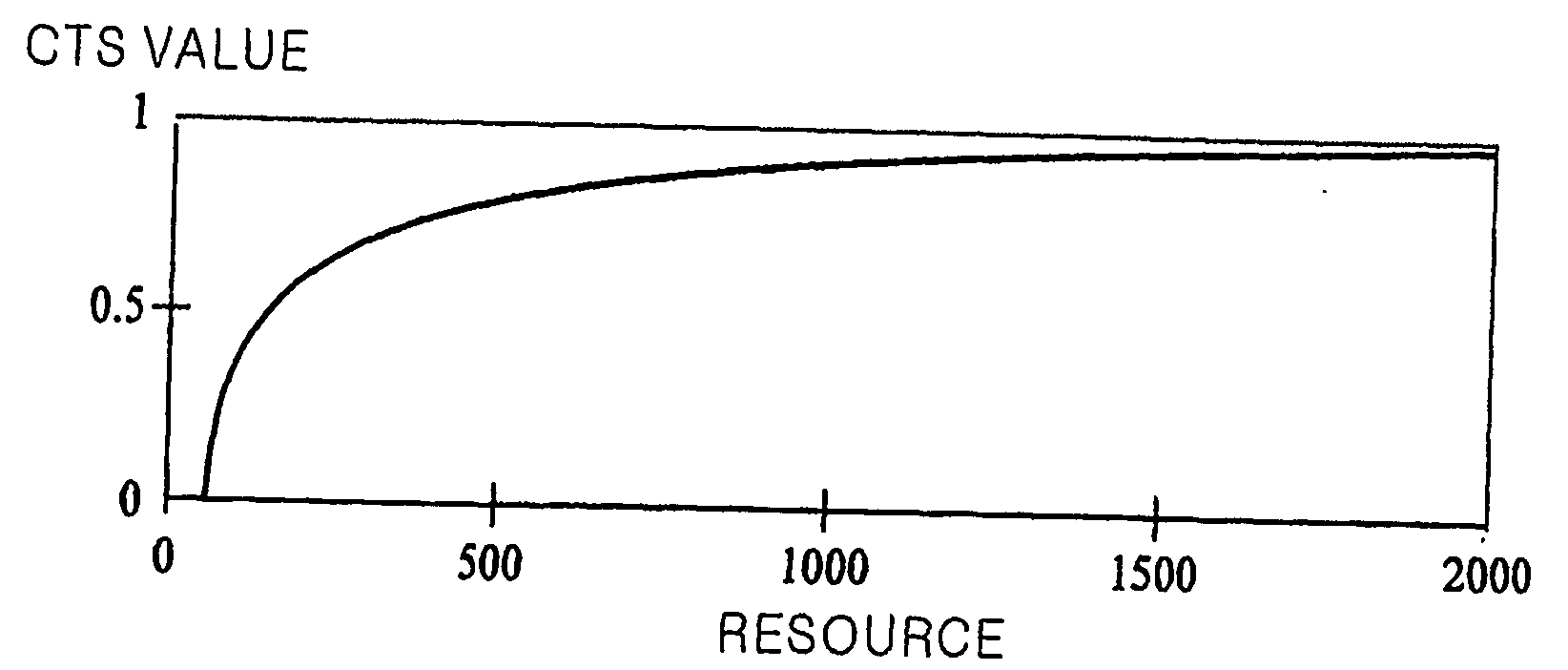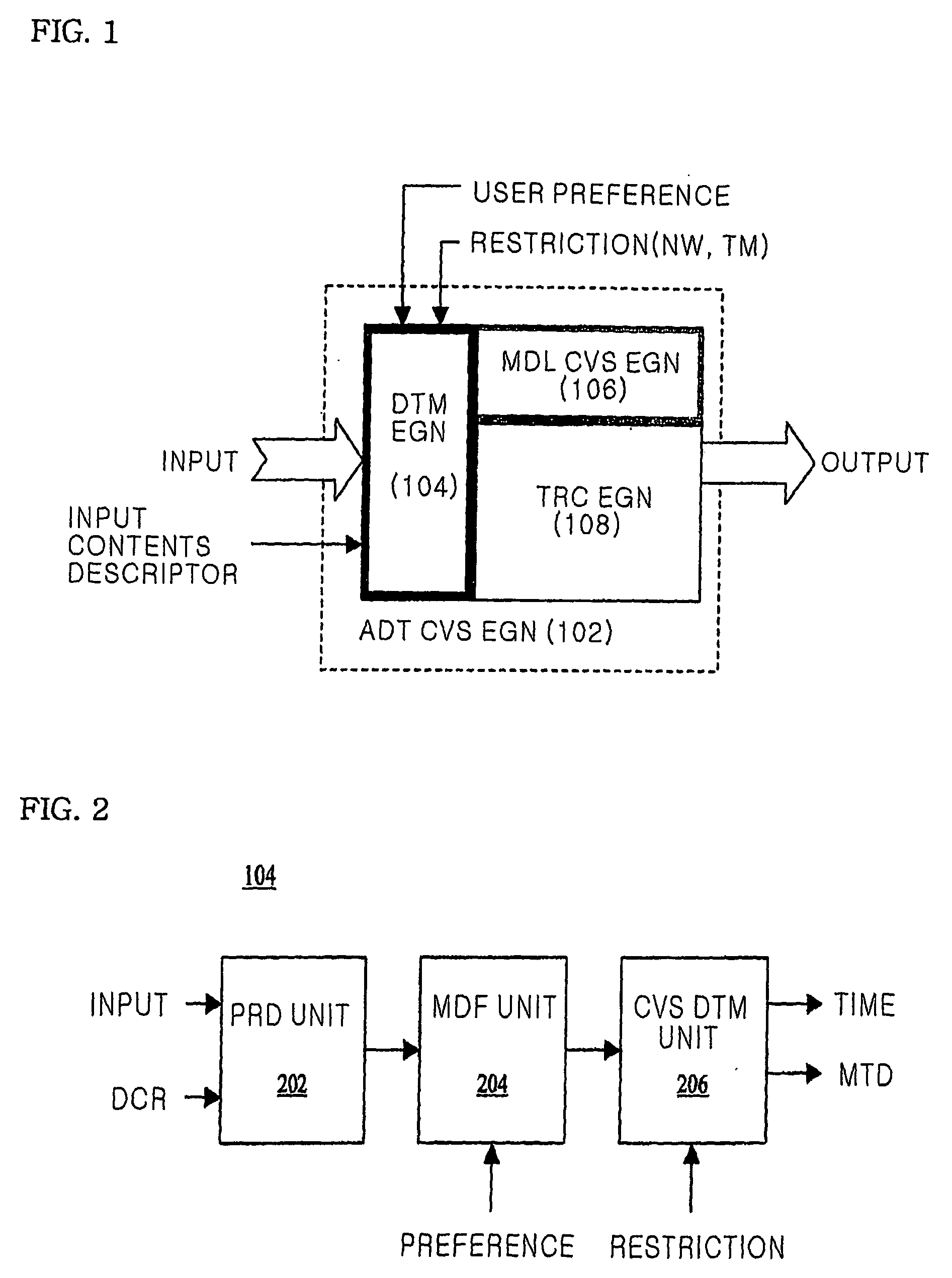Device and method for modality conversion of multimedia contents
a multimedia content and device technology, applied in the field of adaptive conversion of multimedia contents, can solve the problems of not being able to apply the modality conversion and contents transcoding technology suitable for adapting contents, unable to perform systematic research capable of simultaneously answering the two basic questions, and the contents value model represented by the single analysis function cannot exhibit a correlation between contents values existing in other modalities
- Summary
- Abstract
- Description
- Claims
- Application Information
AI Technical Summary
Benefits of technology
Problems solved by technology
Method used
Image
Examples
Embodiment Construction
[0034] Hereinafter, the embodiments of the present invention are described in detail with reference to the attached drawings. The same reference numerals in the drawings are used to designate the same or similar components, or same or similar signals.
[0035]FIG. 1 is a configuration diagram of an adaptive conversion device according to the present invention. As shown in the drawing, the device includes three main parts, including a determination engine 104, a contents modality conversion engine 106, and a transcoding engine 108.
[0036] The determination engine 104 receives multimedia contents and the descriptor of the multimedia contents (metadata). Additionally, some other information on user preference for modality conversion and a resource restriction (network or terminal) is input to the determination engine 104. To allow the adapted contents to have the best value or quality when represented to a user, the determination engine 104 analyzes the contents descriptor, the user pref...
PUM
 Login to View More
Login to View More Abstract
Description
Claims
Application Information
 Login to View More
Login to View More - R&D
- Intellectual Property
- Life Sciences
- Materials
- Tech Scout
- Unparalleled Data Quality
- Higher Quality Content
- 60% Fewer Hallucinations
Browse by: Latest US Patents, China's latest patents, Technical Efficacy Thesaurus, Application Domain, Technology Topic, Popular Technical Reports.
© 2025 PatSnap. All rights reserved.Legal|Privacy policy|Modern Slavery Act Transparency Statement|Sitemap|About US| Contact US: help@patsnap.com



